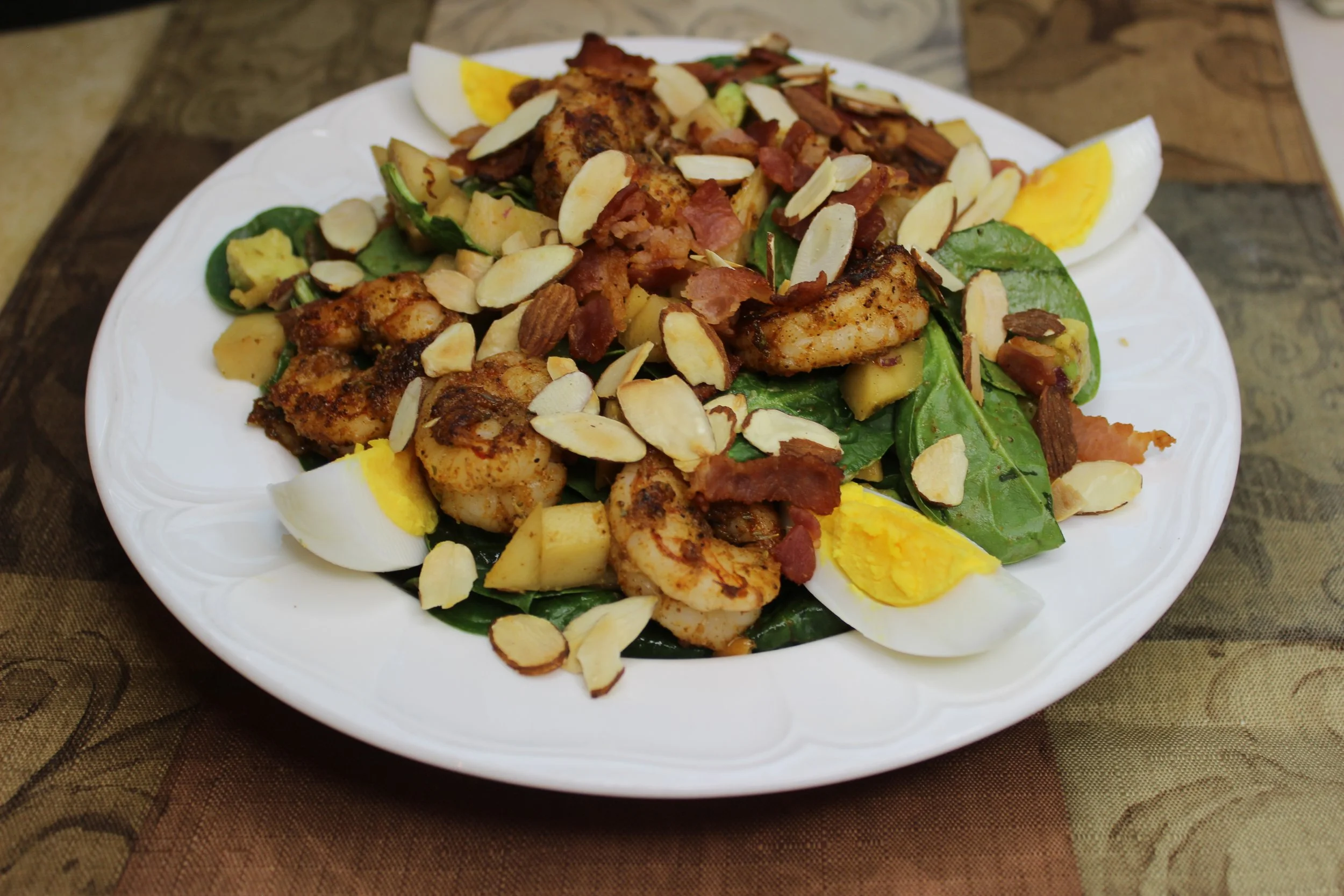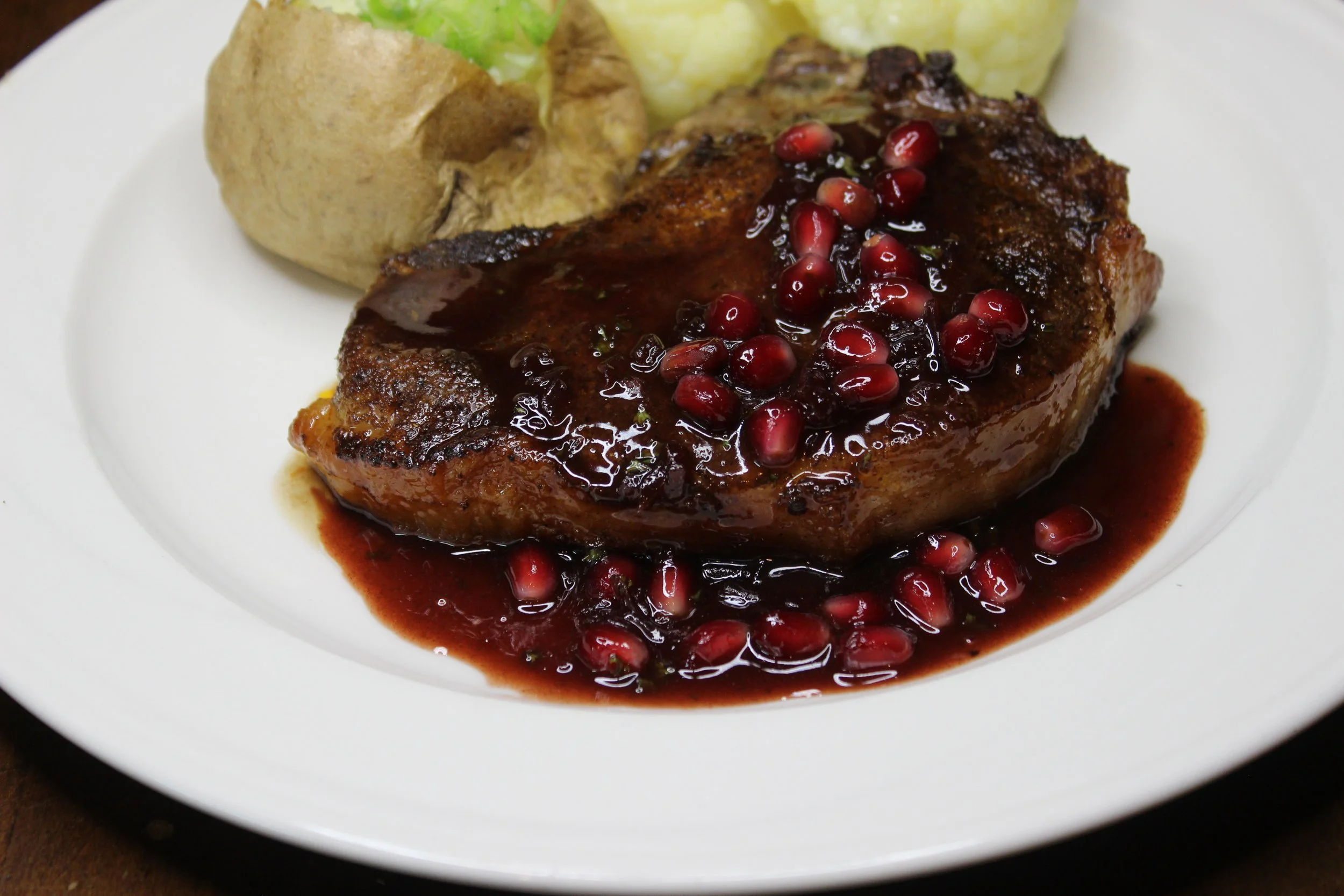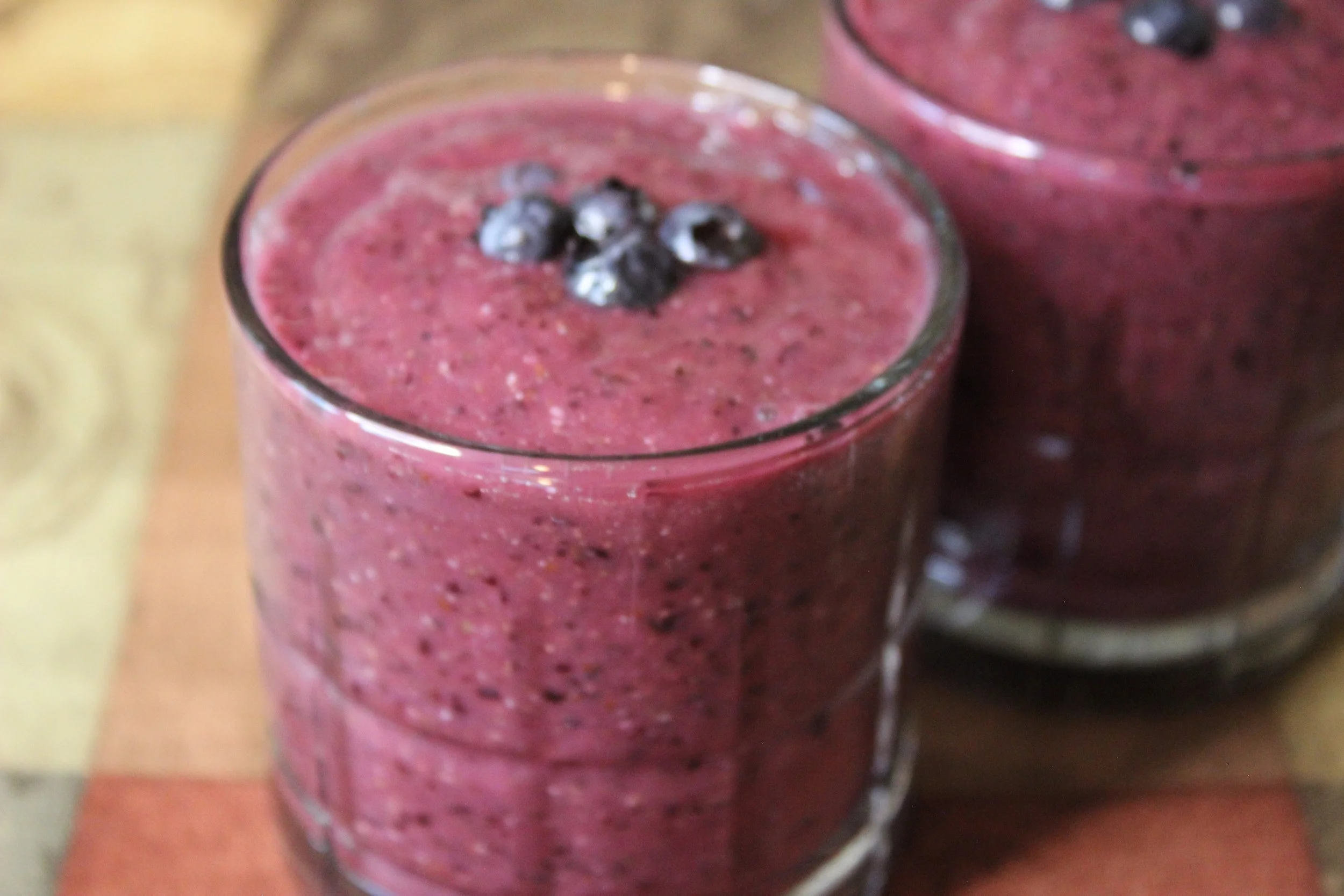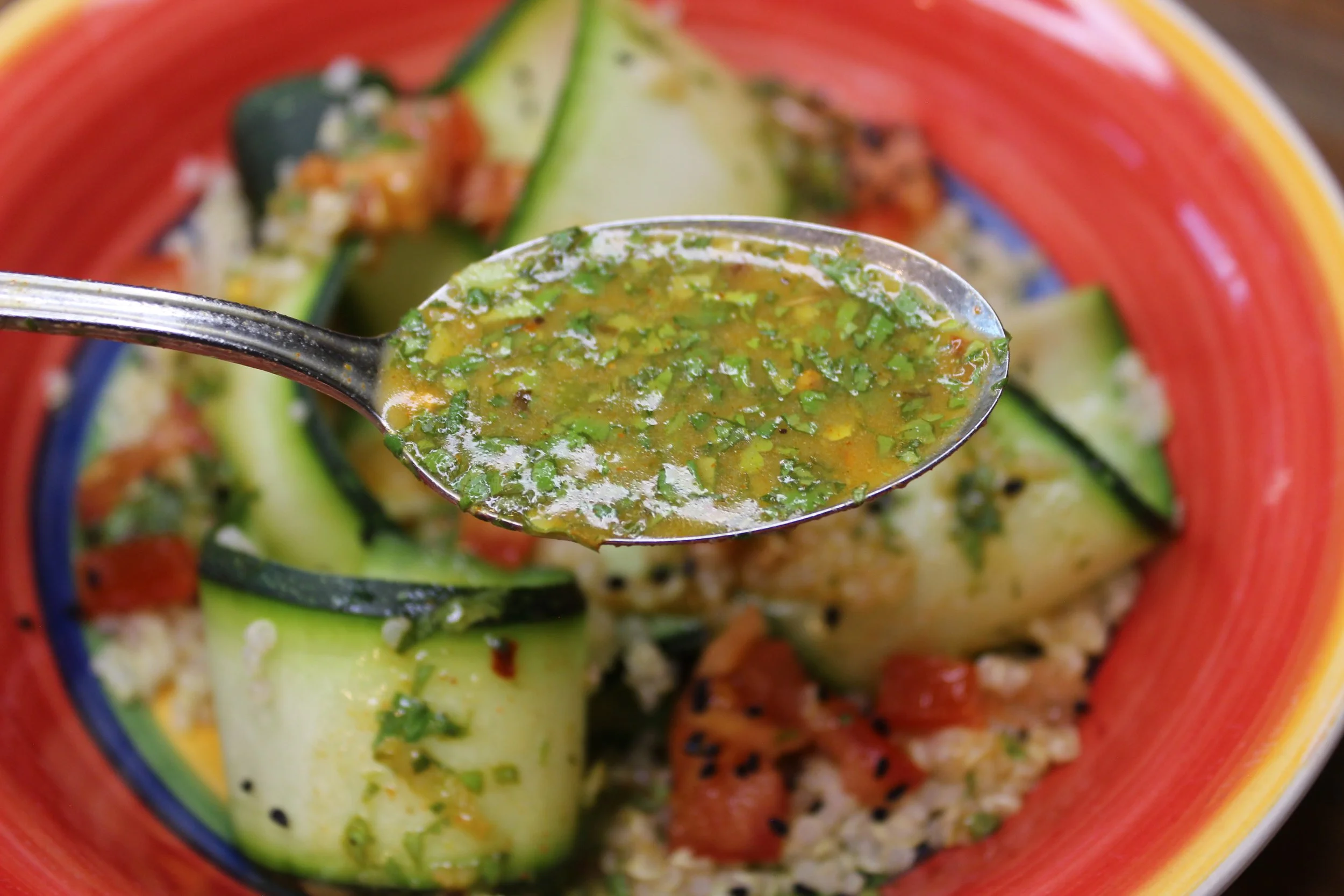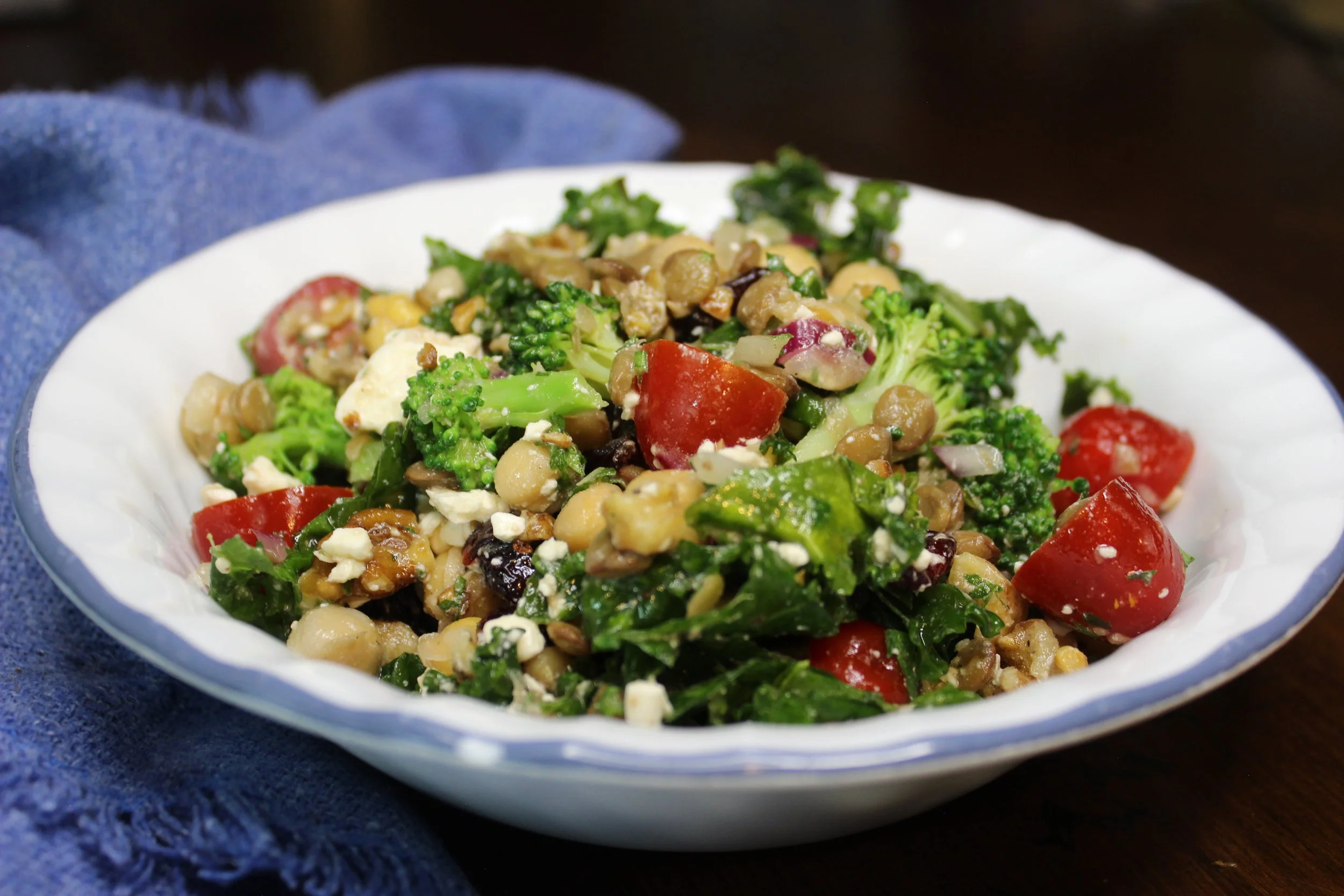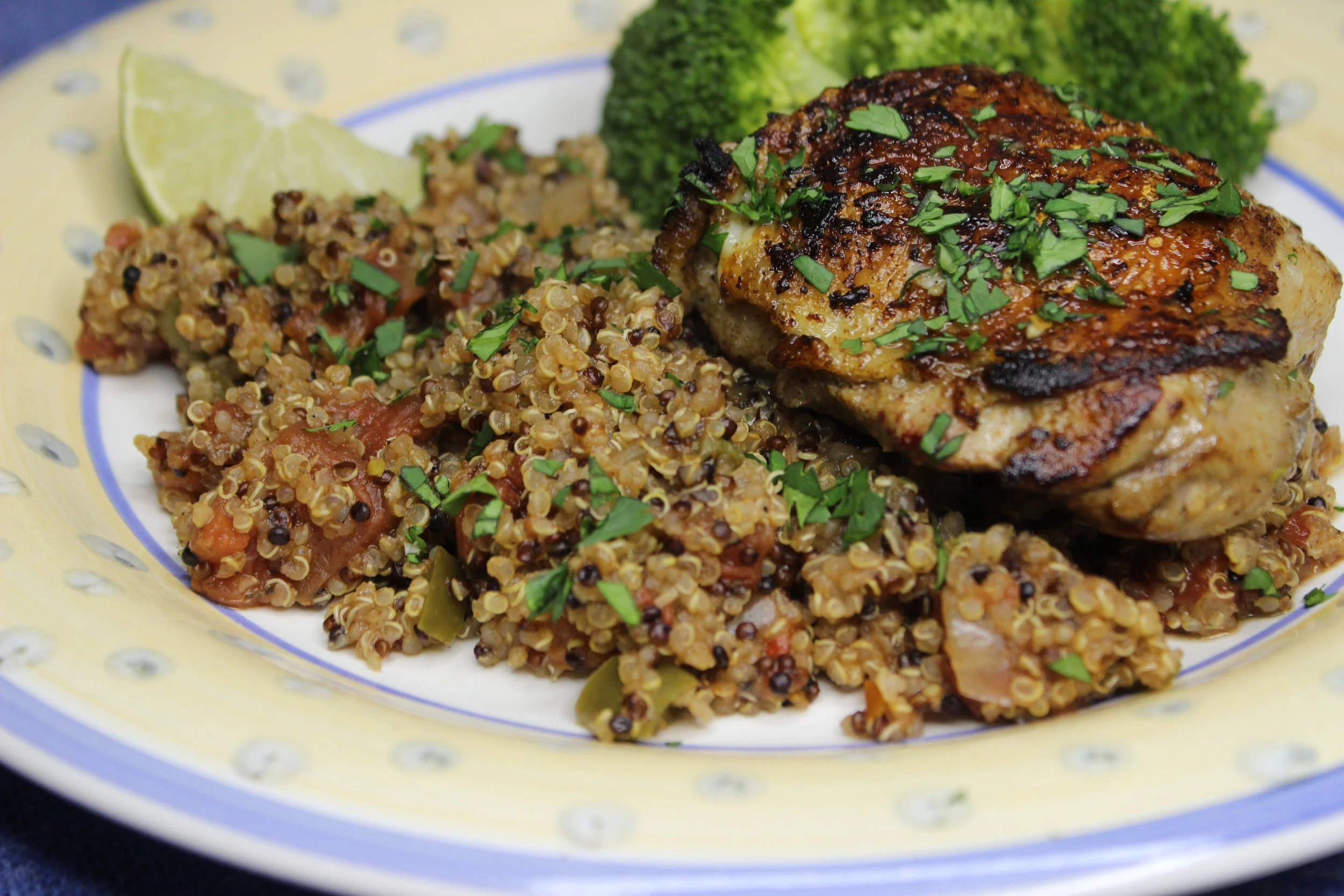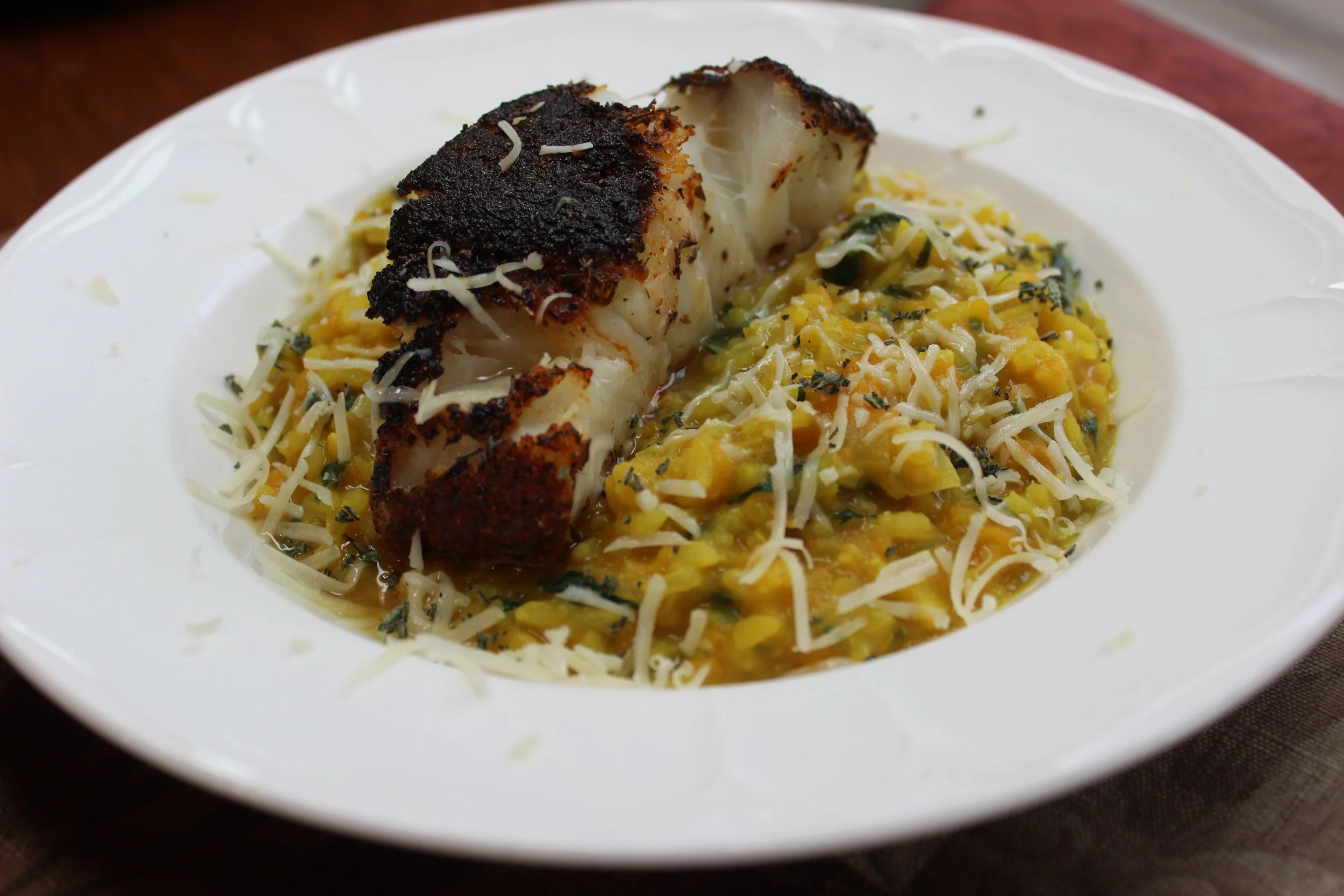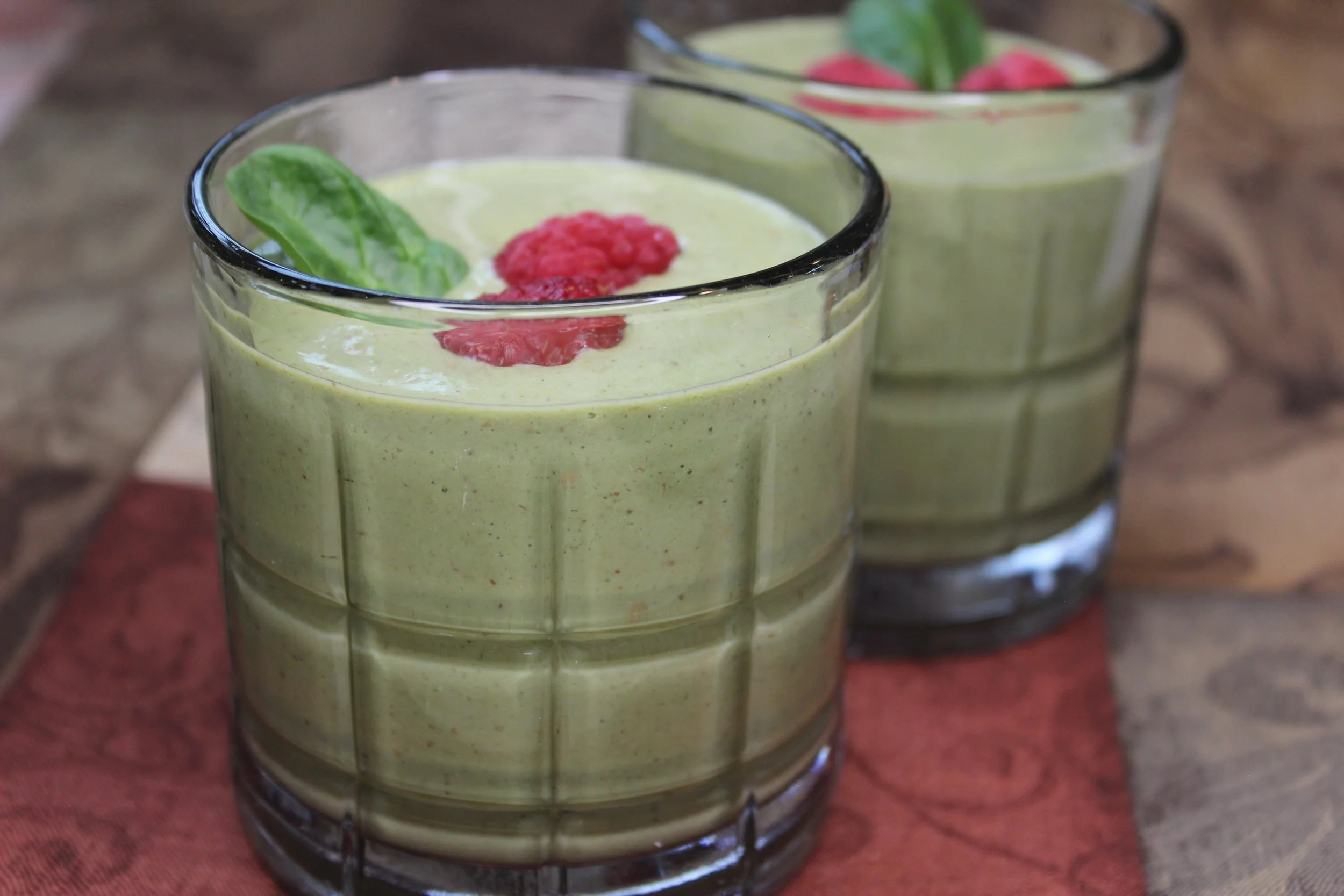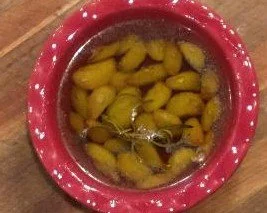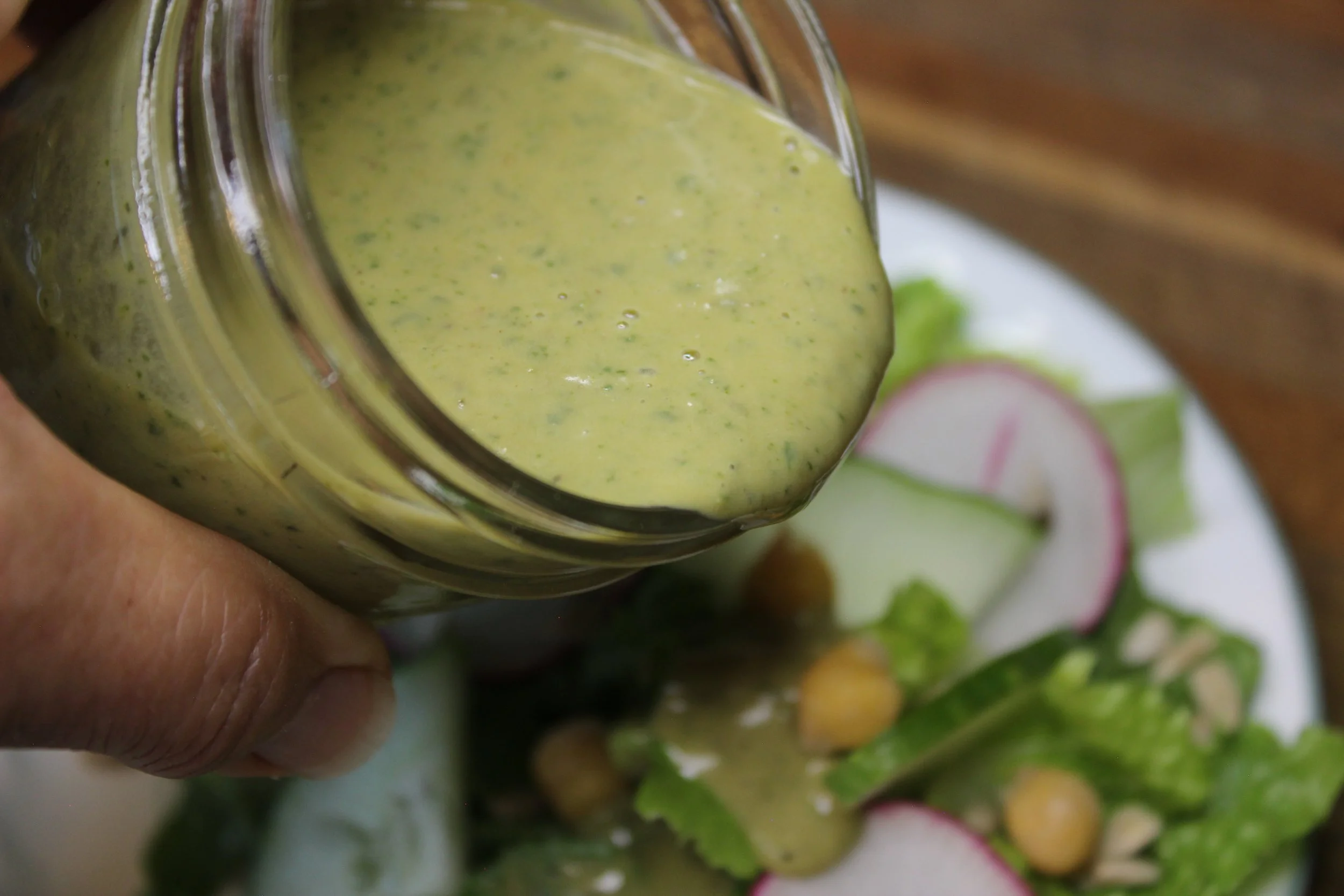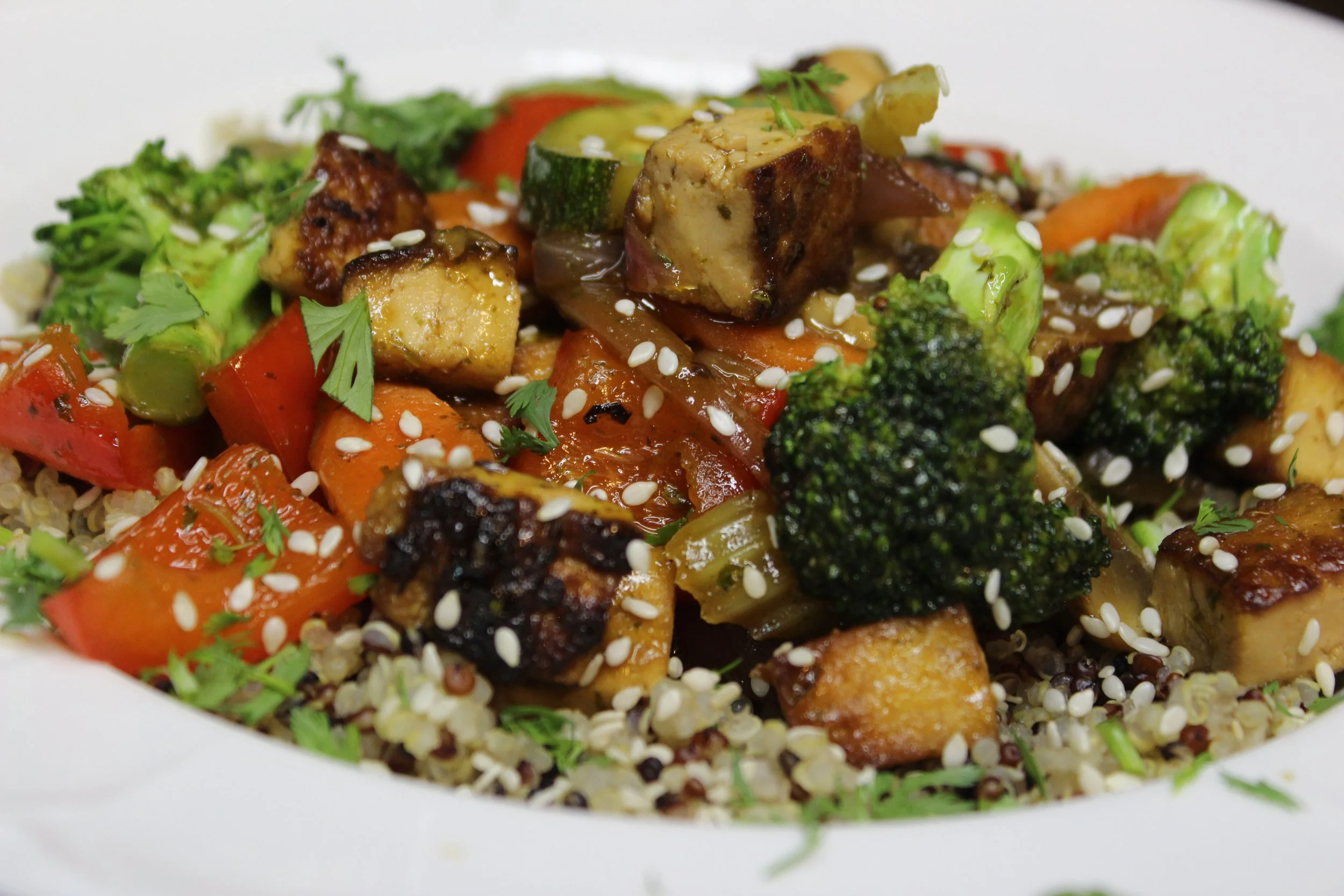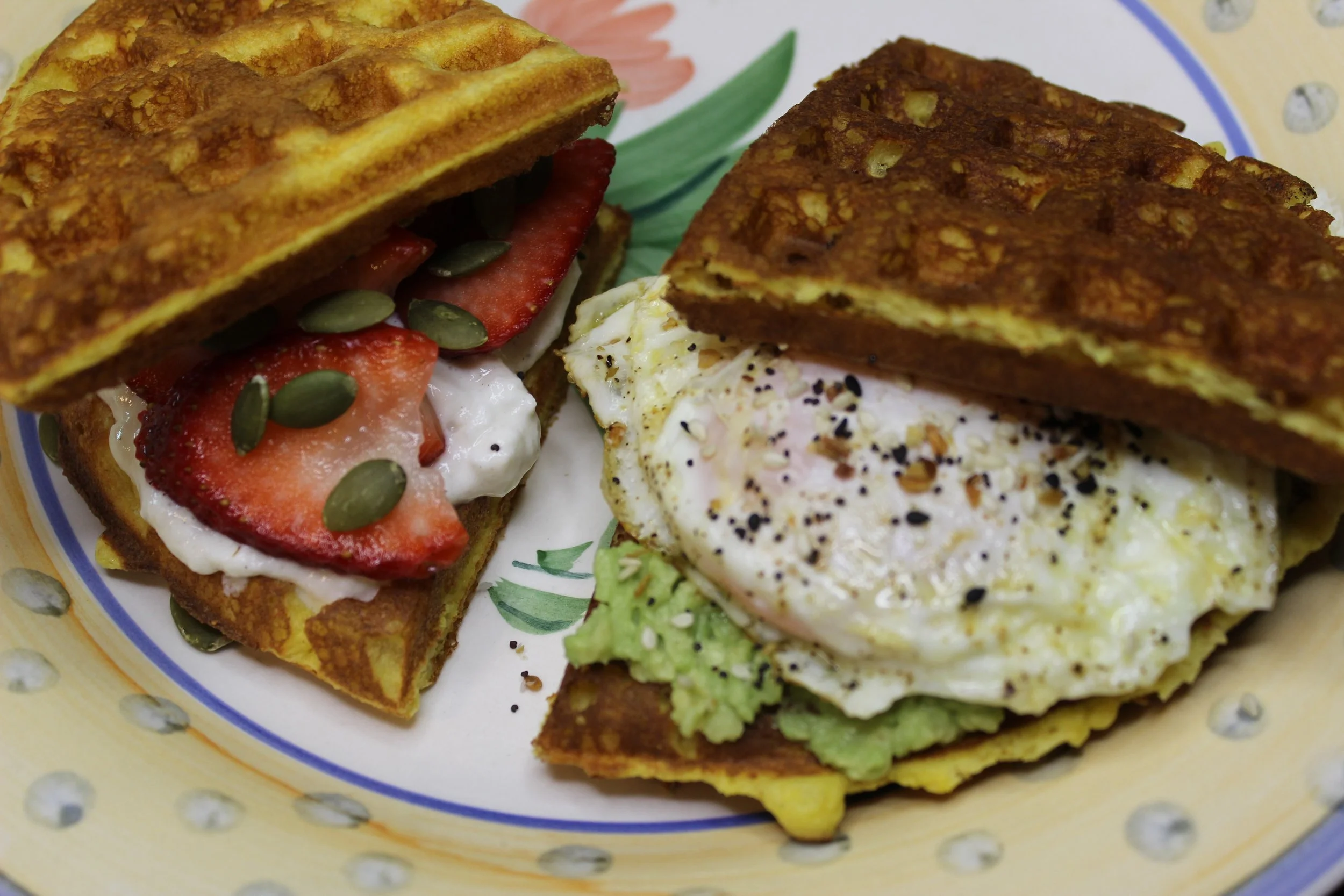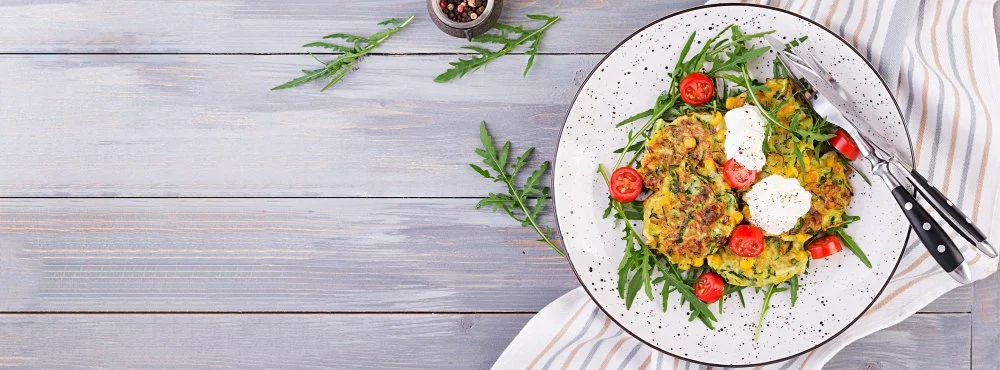Beyond the Pink: Turning Awareness into Action for Breast Health
Each October, the world is awash in pink — a color that symbolizes strength, unity, and hope during Breast Cancer Awareness Month. It’s a time to honor those whose lives have been touched by breast cancer, to celebrate progress in research and treatment, and to renew our focus on prevention and self-care.
Breast cancer remains the most common cancer among women worldwide, affecting approximately one in eight women in their lifetime. While men can also develop the disease, women bear the greatest burden. Despite these statistics, survival rates have improved steadily, thanks to early detection, increased awareness, and a deeper understanding of how lifestyle choices influence risk and recovery.
Genetics account for only a small percentage of breast cancer cases — which means that the majority of risk factors are modifiable. What we eat, how we move, how well we sleep, and how we manage stress all affect hormonal balance, inflammation, and detoxification processes within the body. Since breast tissue is highly sensitive to hormonal and environmental influences, supporting it through mindful nutrition and balanced living can make a meaningful difference.
A growing body of research shows that a whole-food, plant-forward diet — rich in fruits, vegetables, whole grains, legumes, and healthy fats — can help the body regulate estrogen levels, strengthen the immune system, and reduce oxidative stress. Combined with regular movement, restorative rest, and stress reduction, these habits create an internal environment that fosters resilience and healing.
And perhaps the most empowering part? One of the simplest tools for prevention and long-term health is already within reach — our kitchens. The foods we prepare and enjoy daily can help our bodies find balance, calm inflammation, and gently eliminate toxins, creating a foundation for lifelong well-being.
The Pink Ribbon: A Global Symbol of Hope and Action
No symbol is more closely associated with breast cancer awareness than the pink ribbon — a simple thread that’s come to represent strength, solidarity, and the shared hope of a world without breast cancer. Its story, however, began not as a corporate campaign but as a grassroots act of compassion.
In 1991, Charlotte Haley, a breast cancer survivor whose family had been deeply affected by the disease, began crafting peach-colored ribbons by hand. She attached them to cards that urged people to demand greater funding for cancer prevention research — a quiet yet powerful stand for change. Her message resonated, spreading person-to-person, ribbon-by-ribbon.
Soon after, Estée Lauder and Self magazine sought to amplify awareness through a national campaign and reached out to Haley for collaboration. Wanting to keep her movement independent from commercial influence, Haley declined. Undeterred, the organizers adopted a new color — pink — symbolizing compassion, hope, and the nurturing strength of femininity. In 1992, the pink ribbon made its debut as the official emblem of breast cancer awareness.
What began as a small, heartfelt gesture evolved into a global movement.
Today, the pink ribbon unites millions across countries and cultures. It’s worn by survivors, families, advocates, and supporters alike — not just as a symbol of awareness, but as a call to education, early detection, and community action.
Throughout October, pink ribbons appear on landmarks, sports fields, and packaging worldwide, reminding us that breast cancer affects us all — directly or indirectly. Different shades and variations of the ribbon have even emerged to represent specific types or stages of the disease, expanding the conversation and giving voice to diverse experiences within the breast cancer community.
While some critics note that commercialization can dilute its deeper meaning, the pink ribbon’s enduring power lies in its ability to connect people through empathy and shared purpose. Beyond its color and campaigns, it represents courage, remembrance, and an unwavering commitment to progress.
Ultimately, the pink ribbon is more than a symbol — it’s a global promise. A promise to keep talking, learning, and taking action; to honor those we’ve lost; and to continue striving for a future where awareness and prevention turn hope into healing.
Cooking as Self-Care
Cooking is far more than a daily task — it’s a ritual of connection, creativity, and care. When we cook with mindfulness, we transform ordinary moments into opportunities to nourish both body and soul. Choosing whole, colorful ingredients and preparing them with attention is an act of self-love — a way of saying, “I am worth the time and nourishment this meal provides.”
In the kitchen, we move beyond simply feeding ourselves; we engage in a practice that grounds us in the present. The rhythm of chopping vegetables, the scent of herbs, the quiet sizzle of olive oil — these sensory experiences bring calm and clarity, helping us slow down in a world that moves too fast. Cooking invites us to participate actively in our own health, one delicious bite at a time.
Try crafting a weekly menu that celebrates seasonal abundance: vibrant vegetables, hearty grains, clean proteins, and fresh herbs. Let each meal reflect gratitude for the nourishment before you and the vitality it brings. Whether you’re simmering soup on a Sunday afternoon or preparing a simple weeknight dinner, approach it as a form of meditation and renewal — because how you feed yourself matters as much as what you eat.
Cooking becomes self-care when it’s infused with intention, curiosity, and joy. It’s in these everyday acts of nourishment that we cultivate balance, resilience, and a deeper connection to life itself.
Nutrition as Everyday Prevention: Feeding Resilience from the Inside Out
While no single food can prevent breast cancer, there’s powerful evidence that what we eat each day shapes how our bodies respond to stress, repair cells, and regulate hormones. Nutrition influences inflammation, immune function, and the way the body metabolizes estrogen — all key factors in breast health.
The good news? Every meal is an opportunity to tip the balance toward protection and healing. A whole-food, plant-forward diet—rich in color, fiber, healthy fats, and natural compounds—can help reduce risk, support detoxification, and enhance overall vitality. It’s not about restriction, but about nourishment: creating an internal environment that encourages balance, not disease.
Let’s explore how everyday foods can make a lasting difference.
1. The Power of Plant-Based Eating
A vibrant, plant-forward diet is one of the most effective and accessible ways to support breast health — every bite can be a form of protection and renewal. Plants are rich in antioxidants, phytochemicals, and fiber that help the body neutralize harmful compounds, balance hormones, and guard cells against oxidative stress. These natural compounds work synergistically to support detoxification pathways in the liver, promote healthy estrogen metabolism, and reduce chronic inflammation — all key factors in breast wellness.
Each color on your plate tells its own nutritional story. Deep greens like kale, broccoli, and collards are packed with sulforaphane and chlorophyll to enhance cellular repair and hormonal balance. Brilliant reds and purples — from beets to berries — are loaded with anthocyanins and lycopene, which help counteract oxidative damage and strengthen connective tissue. Golden-orange hues from sweet potatoes, squash, and carrots offer beta-carotene, supporting immune resilience and tissue health. Even the subtle whites of onions, garlic, and cauliflower contribute sulfur compounds that enhance detoxification and protect DNA.
When you fill your plate with a rainbow of whole, minimally processed foods, you’re not just eating for nourishment — you’re cultivating resilience.
Aim for variety and color:
Cruciferous vegetables such as broccoli, kale, cauliflower, and Brussels sprouts contain glucosinolates, compounds that help the liver safely process and eliminate excess estrogen.
Enjoy a simple and flavorful Broccoli and Mushroom Soup.
Leafy greens like Swiss chard, collards, and spinach provide chlorophyll, folate, and antioxidants that guard against DNA damage.
Deeply colored fruits such as berries, cherries, and pomegranates supply polyphenols and anthocyanins that combat oxidative stress.
Enjoy tasty Spiced Pork Chops with Pomegranate Sauce.
Beans and lentils add plant-based protein and soluble fiber that may reduce circulating estrogen levels.
Sneak your beans into this Beet & Blueberry Smoothie.
Enhance both flavor and nutrient absorption by roasting or lightly steaming vegetables with olive oil, garlic, and herbs. Herbs like turmeric, oregano, and rosemary contribute additional antioxidant and anti-inflammatory compounds.
2. Healthy Fats, Happy Hormones
Fats are often misunderstood, yet they are one of the most vital components of a balanced diet — especially when it comes to breast health. They form the foundation of hormone production, cell structure, and nutrient absorption. But not all fats are created equal. The type of fat you choose can either nourish your body’s natural balance or contribute to inflammation and hormonal disruption.
Focusing on anti-inflammatory fats supports hormonal harmony, protects cellular integrity, and promotes smoother communication between cells. Omega-3 fatty acids, found in salmon, sardines, mackerel, flaxseeds, chia seeds, and walnuts, help reduce inflammation and support immune resilience. They also play a role in balancing estrogen levels — a key factor in breast health. Monounsaturated fats, such as those in avocados, olives, and almonds, nourish cell membranes and aid in the absorption of fat-soluble vitamins A, D, E, and K.
Equally important is knowing which fats to limit. Saturated fats from highly processed meats, fried foods, and certain packaged snacks can encourage inflammation, while trans fats — once common in baked goods and margarine — have been shown to increase cancer risk and should be avoided entirely.
A good rule of thumb: choose fats that come from whole, natural sources and use them mindfully. Drizzle extra-virgin olive oil over roasted vegetables, blend avocado into a morning smoothie, or top oatmeal with ground flaxseed for a subtle nutty flavor and hormone-balancing boost. When you embrace the right fats, you’re not only nourishing your cells — you’re supporting your body’s natural rhythm, stability, and vitality from the inside out.
Include more of:
Cold-water fish such as salmon, sardines, and mackerel for essential omega-3s that protect against inflammation.
Avocados, nuts, and seeds (especially flaxseed, chia, and walnuts) for omega-3 fatty acids and lignans that help balance estrogen activity.
Whip up this easy Guacamole Hummus and serve with fresh veggies and crackers.
Extra virgin olive oil for everyday cooking and dressings — its monounsaturated fats and polyphenols support cardiovascular and cellular health.
Add this Harissa Citrus Vinaigrette to your favorite salad.
Limit saturated fats and trans fats found in fried foods and processed snacks, which can promote inflammation and oxidative stress.
3. Fiber: Nature’s Detoxifier
Fiber may not get the spotlight it deserves, but when it comes to breast health, it’s one of the body’s most powerful natural allies. This quiet hero supports the body’s detoxification system, helps regulate hormones, and nurtures a healthy digestive environment — all of which play a role in reducing breast cancer risk.
One of fiber’s most important functions is its ability to bind to excess estrogen and toxins in the digestive tract, safely escorting them out of the body. This natural process helps maintain hormonal balance and reduces the circulation of estrogen metabolites that can influence breast tissue. In addition, a high-fiber diet improves insulin sensitivity, which can support stable blood sugar levels and reduce inflammation — another key element in long-term health.
But fiber’s influence extends even further. It feeds the beneficial bacteria in your gut — the microbiome — which plays a surprising role in hormone metabolism, immune function, and inflammation control. A healthy gut can help your body break down and excrete estrogen efficiently, creating a balanced internal environment that supports breast wellness from within.
Add to your meals:
Legumes such as beans, lentils, and chickpeas.
Whole grains such as quinoa, brown rice, barley, and oats featured in Mexican Spiced Quinoa and Chicken Thighs.
A rainbow of fruits and vegetables.
Getting more fiber doesn’t have to be complicated. Fill your plate with fiber rich foods and aim for at least 25–30 grams of fiber each day, which can easily be achieved by making plants the centerpiece of your meals.
4. Herbs, Spices, and Teas that Protect
Herbs, spices, and teas are more than just ways to add flavor — they’re nature’s oldest forms of nourishment and protection. For centuries, cultures around the world have used these aromatic plants to support digestion, balance the body, and promote healing. When it comes to breast health, they offer a simple, delicious way to infuse your meals with compounds that help fight inflammation, support detoxification, and protect cellular health.
Turmeric, with its bright golden hue, contains curcumin — a powerful anti-inflammatory compound that helps reduce oxidative stress and supports liver function, the body’s main detox organ. Garlic and onions, staples in many cuisines, contain sulfur compounds that enhance detoxification enzymes and protect DNA from damage. Fresh herbs like cilantro, parsley, and basil not only brighten meals but also help the body eliminate heavy metals and other toxins. Even a sprinkle of oregano or thyme adds antimicrobial and antioxidant benefits.
Teas, too, can play a meaningful role in daily breast wellness. Green tea is rich in catechins — potent antioxidants that protect cells and may inhibit tumor growth. Matcha, a finely ground form of green tea, provides an even more concentrated dose of these beneficial compounds. Herbal teas such as rooibos, chamomile, and ginger offer calming, anti-inflammatory effects that support relaxation and immune balance.
Incorporate daily:
Turmeric for curcumin’s anti-inflammatory and antioxidant effects.
The earthiness of turmeric enhances this Blackened Cod Filet with Butternut Squash Risotto.
Green tea for catechins that guard cells and aid detoxification (1–4 cups daily is ideal).
This Raspberry Matcha Smoothie is quick and easy to prepare.
Garlic and onions for sulfur compounds that enhance liver function.
Roasted Garlic Confit is an easy way to create a delicious, mellow garlic that is soft enough to spread with a butter knife.
Cilantro, parsley, basil, and rosemary for natural cleansing and additional phytonutrients.
Creamy Basil-Balsamic Salad Dressing is perfect for salads, grain bowls, or roasted veggies.
Bringing these plants into your kitchen is both practical and pleasurable. Add turmeric and black pepper to roasted vegetables or lentil soups, blend fresh herbs into dressings and pestos, and sip a warm cup of green tea or herbal infusion as a daily ritual of care.
These small, intentional choices connect you to an ancient wisdom — one that sees food as both sustenance and medicine. By weaving herbs, spices, and teas into your meals, you transform everyday cooking into a powerful act of nourishment, healing, and self-love.
Soy foods like tofu, tempeh, and edamame also deserve a place on your plate. Rich in isoflavones, they naturally modulate estrogen pathways and may reduce hormone-related cancer risk when consumed in moderate amounts.
Tofu & Vegetable Stir-fry with Cilantro Garlic Sauce is a flavorful way to support your breast health.
Choose organic, whole soy foods over supplements, which can deliver unnaturally high doses.
5. Limit Added Sugar and Alcohol
Supporting breast health isn’t only about what we add to our diet — it’s also about what we choose to limit. Two key lifestyle factors that influence hormonal balance and long-term wellness are sugar and alcohol. While both can be enjoyed occasionally, consuming them in excess can disrupt the body’s delicate equilibrium, impacting metabolism, inflammation, and breast tissue health.
Added sugars — found in sweetened drinks, baked goods, and many processed foods — can cause spikes in blood sugar and insulin, which over time may promote inflammation and affect hormone metabolism. Diets high in refined sugar are also linked with increased body fat, particularly around the abdomen, where estrogen-producing cells can accumulate and alter hormonal balance. Reducing added sugars supports steady energy, better digestion, and a more balanced internal environment.
Similarly, alcohol has a well-established connection to breast cancer risk. Even moderate consumption — about one drink per day — can increase estrogen levels and affect how the body metabolizes hormones. Alcohol can also interfere with nutrient absorption and place added stress on the liver, which is responsible for processing toxins and metabolizing estrogen. For optimal breast health, it’s best to limit alcohol to no more than three servings per week, or choose alcohol-free alternatives when possible.
Fortunately, mindful moderation doesn’t have to feel like deprivation. Nature offers plenty of ways to satisfy cravings while supporting your well-being.
Simple swaps:
Use cinnamon, vanilla, or fruit to satisfy a sweet craving naturally.
Mango Ice Cream uses ripe mangoes and spices with a touch of pure maple syrup to satisfy your sweet tooth.
Choose sparkling water with citrus or herbs instead of sugary cocktails or sodas.
Focus on balance and mindfulness rather than strict avoidance — sustainable habits matter most.
This approach isn’t about perfection — it’s about awareness and balance. By making intentional choices, you create space for more energy, mental clarity, and hormonal stability. Small changes add up, helping you feel more in tune with your body and more empowered in your everyday life.
6. Vitamin D and Calcium: Building Strength Inside and Out
While we often think of vitamin D and calcium in relation to bone health, these two nutrients also play an important role in breast health and overall vitality. Together, they support cell growth, immune strength, and hormonal balance — three key areas that influence breast wellness throughout life.
Vitamin D, sometimes called the “sunshine vitamin,” acts more like a hormone than a nutrient. It helps regulate cell division, modulates immune function, and may even influence the behavior of breast cells. Research suggests that maintaining optimal vitamin D levels may be associated with a lower risk of developing breast cancer and can support better outcomes for survivors. Yet, many adults — particularly those living in northern climates or spending little time outdoors — have insufficient levels. Aim for moderate sun exposure whenever possible, and consider having your vitamin D levels checked periodically. During darker months, supplementation may be helpful to maintain balance and resilience.
Calcium, on the other hand, works in tandem with vitamin D to support cellular health and communication. While its best-known function is strengthening bones, calcium also plays a role in muscle contraction, nerve transmission, and cellular repair. Good dietary sources include leafy greens such as collards, kale, and bok choy; fortified plant milks; almonds; sesame seeds; and small fish with edible bones like sardines.
These two nutrients are truly partners in protection — vitamin D helps your body absorb calcium efficiently, while calcium provides structural and metabolic stability. To get the most benefit, combine calcium-rich foods with sources of vitamin D, such as wild salmon, eggs, or fortified milks, and pair them with a bit of healthy fat to enhance absorption.
Beyond nutrition, vitamin D synthesis depends on lifestyle — time outdoors, movement, and the rhythms of sunlight. So consider taking your morning walk in the sunshine, enjoying lunch outside, or tending a small garden. These simple moments connect nourishment, movement, and nature — the essence of holistic health.
Include calcium-rich foods such as leafy greens, almonds, tahini, and fortified plant milks, and consider vitamin D supplementation during darker months or if levels are low.
Made with almond flour, Cottage Cheese Waffle Breakfast Sandwiches can be either savory or sweet.
Together, these nutrients not only strengthen bones but help the body maintain resilience at the cellular level.
Nutrition isn’t a cure, but it is a cornerstone of prevention and healing. By choosing foods that calm inflammation, balance hormones, and support detoxification, we nourish not just our bodies, but also our sense of empowerment and control.
The kitchen becomes a place of strength — where awareness turns into action, and every meal becomes a chance to care for yourself from the inside out.
Beyond the Plate: Lifestyle Habits for Lifelong Breast Health
While nutrition lays the foundation for prevention, true wellness grows from the rhythm of daily life. Every choice — how you move, rest, manage stress, and care for your environment — influences the internal balance that supports breast health. These lifestyle habits work in harmony with nutrition to reduce risk, enhance resilience, and foster overall vitality.
1. Move with Purpose
Regular physical activity is one of the most powerful tools for breast cancer prevention and long-term wellness. Exercise helps regulate hormone levels, improve insulin sensitivity, and reduce inflammation — all key factors in maintaining healthy breast tissue.
Movement also stimulates the lymphatic system, which supports detoxification and immune function — a vital yet often overlooked component of breast health.
2. Cultivate Calm: Managing Stress Mindfully
Stress management is another vital pillar. Chronic stress can disrupt hormonal balance, dampen immune function, interfere with sleep, and impair the body’s ability to repair itself. Over time, high levels of cortisol and inflammation can contribute to disease vulnerability.
Simple daily rituals can calm the nervous system and restore emotional equilibrium. Even the act of cooking can become a grounding practice, offering a sense of presence and creativity that nourishes both body and soul.
The goal isn’t to eliminate stress, but to build resilience — the ability to meet life’s challenges with calm strength and self-compassion.
3. Prioritize Restorative Sleep
Sleep is equally essential as it is the body’s natural repair mode. During deep rest, tissues heal, hormones rebalance, immune defenses strengthen, and detoxification peaks. Inadequate sleep can disrupt melatonin production, a hormone that not only regulates circadian rhythms but also has antioxidant and potential anticancer properties.
Aim for 7–9 hours of quality sleep each night. Create an evening ritual that promotes calm:
Consistent, restorative sleep is one of the simplest and most powerful acts of prevention.
4. Maintain a Healthy Weight
Weight balance plays a crucial role in breast wellness, particularly after menopause when body fat becomes a significant source of estrogen. Excess weight can elevate estrogen and insulin levels — both linked to increased breast cancer risk.
Maintaining a healthy weight through balanced eating and regular movement helps stabilize hormone levels and reduce inflammation. It’s not about numbers on a scale, but about feeling energized, strong, and comfortable in your body.
5. Limit Environmental Toxins
Everyday exposure to harmful chemicals can subtly influence hormone balance. Endocrine-disrupting chemicals (EDCs) — found in some plastics, personal care products, pesticides, and cleaning agents — can mimic or interfere with natural hormones.
Use natural cleaning products and fragrance-free personal care items.
Avoid tobacco smoke and limit charred or processed meats, which contain compounds linked to cancer formation.
These mindful choices help reduce toxic load and support your body’s natural detoxification systems.
6. Support Gut Health
A balanced gut microbiome does far more than aid digestion — it influences hormone metabolism, immune regulation, and inflammation. Emerging research suggests that a healthy gut environment can help modulate estrogen activity, which may affect breast cancer risk.
To nurture your microbiome:
Include fermented foods like yogurt, kefir, sauerkraut, and kimchi for beneficial probiotics.
Feed those microbes with prebiotic fiber from foods like garlic, onions, leeks, bananas, and oats.
Stay hydrated and include plenty of fiber from fruits, vegetables, and whole grains.
A healthy gut creates ripple effects of balance throughout the body.
7. Stay Connected and Informed
Emotional and social wellbeing are often underestimated aspects of health. A strong support network — family, friends, community — fosters resilience and emotional balance, especially during times of uncertainty.
Together, these lifestyle practices create a holistic foundation for breast health — not through restriction or fear, but through awareness, joy, and intentional living. By nurturing your body with compassion and consistency, you build a life that radiates wellness from the inside out.
The Whole Picture
Breast health isn’t determined by one habit, diet, or month of awareness — it’s the result of many small, intentional choices made over time. When nutrition, movement, rest, and mindfulness come together, they form a lifestyle of prevention and empowerment.
This holistic approach reminds us that wellness isn’t just about avoiding disease — it’s about cultivating vitality, confidence, and connection in every stage of life.
Bringing It All Together: Nourish, Move, and Live with Intention
True breast health begins with awareness — but it thrives in action. The everyday choices we make, from the foods we cook to the way we move and rest, have the power to shape not only our physical wellbeing but also our sense of peace and purpose.
When we choose vibrant, whole foods, tend to our emotional and physical balance, and stay connected to our communities, we create a lifestyle that supports healing and vitality. Prevention isn’t about perfection — it’s about presence, about listening to your body and nurturing it with care.
A Gentle Reminder
Supporting breast health — and overall wellness — isn’t about achieving perfection. It’s about showing up for yourself with awareness, compassion, and consistency. Some days, that might mean preparing a fresh, colorful meal; other days, it might mean resting, breathing deeply, or simply pausing to appreciate your body for all it does.
Every small step counts. Each choice to eat mindfully, to move your body, to rest when needed, or to speak kindly to yourself contributes to your long-term well-being. This Breast Cancer Awareness Month, let your focus shift from fear to empowerment — from awareness to action.
Let your kitchen become a place of healing, gratitude, and hope — a reminder that nourishment is both a practice and a celebration. When you cook, move, and live with intention, you’re not just supporting your breast health — you’re creating a foundation for vitality, peace, and joy that extends far beyond the month of October.
Resources for Breast Cancer Awareness & Support
Supporting breast health and staying informed doesn’t end with this blog. Here are curated resources to help you learn, connect, and empower yourself or loved ones:
Educational & Medical Organizations
American Cancer Society (ACS) – Offers comprehensive breast cancer guides, screening recommendations, and support resources.
Susan G. Komen – Provides awareness campaigns, research updates, and community programs worldwide.
Breastcancer.org – Focused on education and personalized guidance for prevention, diagnosis, treatment, and survivorship.
National Cancer Institute (NCI) – A leading source for scientific research, clinical trials, and evidence-based breast cancer information.
Podcasts Worth Listening To
The Breast Cancer Podcast – Insights from experts, survivors, and wellness professionals on prevention and survivorship.
Breast Cancer Connections – Focuses on patient stories, coping strategies, and community resources.
Pink Ribbon Roller Coaster – Hear stories and real-life talk from breast cancer survivors and the people who love breast cancer survivors.
Investigating Breast Cancer – The official podcast of the Breast Cancer Research Foundation, examines the latest in breast cancer news with the most respected minds in science.
Books to Empower & Educate
Beyond Breast Cancer: A Mayo Clinic Guide to Healing and Wellness This book provides practical advice for life after breast cancer treatment, including guidance on monitoring recurrence, improving diet, sleep, and exercise, and managing treatment effects.
Talking to My Tatas: All You Need to Know from a Breast Cancer Researcher and Survivor Dana Brantley-Sieders combines evidence-based science with personal experience to guide breast cancer patients, caregivers, and loved ones through the journey.
The New Generation Breast Cancer Book Dr. Elisa Port offers a comprehensive guide to navigating breast cancer diagnosis and treatment options, emphasizing optimism and informed decision-making.
Flat: Reclaiming My Body from Breast Cancer by Catherine Guthrie. An authentic memoir of facing breast cancer twice, redefining femininity, and deepening her relationship with her partner.
Websites & Communities
Breastcancer.org Community Forums – A moderated space for questions, stories, and peer support.
MyBCTeam – A social network for those affected by breast cancer to share experiences and support each other.
Cancer Support Community – Offers virtual support groups, educational resources, and wellness programs.
Young Survival Coalition (YSC) – Community and resources for women under 40 diagnosed with breast cancer.
Closing Thought
“Every bite, every breath, every mindful choice is an act of care — for your body, your spirit, and your future.”
Lentil-Walnut Burgers
Hearty, satisfying, and packed with rich, savory flavor, these Lentil-Walnut Burgers are a delicious plant-based alternative to traditional patties. Cooked lentils and toasted walnuts form the protein-rich base, while aromatic spices, fresh herbs, and a touch of umami create depth and balance.
Pan-seared or oven-baked to a crisp finish, they hold together beautifully and pair perfectly with your favorite buns, toppings, or grain bowls. Whether you're grilling out or meal prepping for the week, these burgers deliver on both flavor and texture—no compromise needed.

Lentil-Walnut Burgers
Ingredients
- 1 tbsp ground flaxseed + 2 1/2 tbsp water (flax egg)
- 3/4 cup raw chopped walnuts
- 1/4 cup rolled oats (gluten free if needed)
- 1/3 cup chopped onion
- 2 cloves garlic, minced
- 3/4 cup cooked brown or green lentils (well drained)
- 1 cup finely shredded carrot or zucchini
- 1 tbsp tamari or soy sauce
- 1 tsp smoked paprika
- 1/2 tsp ground cumin
- 1 tsp finely grated lemon zest
- salt and pepper to taste
- olive oil for cooking
Instructions
- Preheat the oven to 400 degrees F. Line a baking sheet with parchment paper and set it aside.
- In a small bowl, combine the ground flaxseed and water to make the flax egg. Let sit 5 - 10 minutes to thicken.
- Toast the walnuts in a dry skillet over medium heat for 3-5 minutes, until fragrant and lightly browned. Let cool slightly. This is an optional step.
- In a food processor, finely grind the walnuts, oats, onion, and garlic. Do not process so much that you get a paste.
- Add the lentils, carrot, flax egg, tamari, smoked paprika, cumin, lemon zest, salt, and pepper. Quickly pulse the mixture until it just comes together as you want it to retain texture.
- Divide the mixture into 4 balls and place on the baking sheet. Gently press them into four equally sized burgers. If the mixture seems too dry add a bit of water, if too wet add a little more oats.
- Brush the top of the patties with olive oil and bake for 10 minutes.
- Flip the burgers, brush with olive oil, and bake for 8-10 additional minutes until golden brown and crisp on the outside.
- Alternatively, heat a skillet over medium heat with a small amount of olive oil. Cook the patties for 4-5 minutes per side.
- Serve with your favorite toppings and accompaniments!
Notes
- You can refrigerate the uncooked patties for up to 3 days or freeze them (cooked or uncooked) for longer storage.
- Use French green lentils for a firmer texture or brown lentils for a more tender, blended result.
- Add a spoonful of BBQ sauce to the mixture or brush on while cooking for a smoky BBQ flavor.
Grilled Maple Ginger Salmon with Nectarine Salsa
Grilled Maple Ginger Salmon with Nectarine Salsa is the kind of dish that turns a simple meal into something special. It’s quick enough for a weeknight yet vibrant and elegant enough for guests. The salmon is marinated in a subtly sweet and savory blend of maple syrup, fresh ginger, soy sauce, and lime, then grilled to smoky perfection. The bold flavors of the marinade create a deliciously caramelized crust that pairs beautifully with the light, juicy brightness of the fresh nectarine salsa.
Sweet, ripe nectarines are diced and tossed with red onion, lime juice, herbs, and just a touch of jalapeño for a balanced salsa that cuts through the richness of the fish. The contrast of warm, flaky salmon and cool, tangy fruit salsa makes every bite refreshing and satisfying.
Serve it with quinoa, leafy greens, or grilled vegetables for a colorful, wholesome meal that celebrates the best of the season.

Grilled Maple Ginger Salmon with Nectarine Salsa
Ingredients
- 2 salmon fillets (5–6 oz each), skin-on or skinless
- 1½ tbsp maple syrup
- 1 tbsp soy sauce
- juice of 1 lime
- 1/2 tbsp grated fresh ginger
- 1 small garlic clove, minced
- ½ tsp toasted sesame oil
- Pinch of red pepper flakes (optional, for heat)
- Juice of 1 lime
- 1 tsp balsamic vinegar
- 1 tsp olive oil
- 1 tsp raw honey
- Pinch of sea salt
- 1 large ripe nectarine, diced
- ¼ cup sweet red bell pepper, finely chopped
- 1 tbsp red onion, finely chopped
- 1 tbsp fresh cilantro, chopped
- Optional: 1 tsp jalapeño, finely minced (for heat)
Instructions
- Whisk together maple syrup, soy sauce, lime juice, ginger, garlic, sesame oil, and red pepper flakes in a small bowl. Place salmon in a shallow dish or zip-top bag, pour marinade over top, and refrigerate for 30 minutes, turning once if needed.
- While the salmon marinates, make the salsa. Whisk the lime juice, balsamic vinegar, olive oil, honey and salt in a bowl. Add the nectarine, pepper, onion, cilantro, and jalapeño if using. Toss gently and set aside to let the flavors meld.
- Preheat the grill (or grill pan) to medium-high and oil the grates. Remove salmon from marinade and place on the grill, skin-side down if applicable. Grill for 3–4 minutes per side, or until just cooked through and nicely charred.
- Plate the grilled salmon and top with generous spoonfuls of nectarine salsa. Serve with a side of quinoa, rice, or grilled vegetables.
Notes
- Tip: If using skin-on salmon, grill mostly skin-side down and flip only once to avoid sticking.
- Pairs deliciously with Grilled Black Pepper Asparagus with Sweet & Spicy Glaze.
There you have it!
Every choice you make — from the foods you prepare to the way you move, rest, and nurture yourself — is an opportunity to honor your health and your life. Supporting breast health is about more than awareness; it’s about turning knowledge into action, one mindful meal and one intentional habit at a time. Let your kitchen become a place of nourishment, joy, and empowerment, and carry that same energy into every corner of your life. Celebrate your resilience, embrace each moment of care, and know that by prioritizing your well-being, you are creating a foundation for lasting health, confidence, and vitality.
If you’re ready to take the next step on your wellness journey, I invite you to reach out for a complimentary 30-minute consultation. Together, we'll explore simple, sustainable ways to help you feel empowered, nourished, and confident in every choice you make.





